5 GPTs for Art Replication Powered by AI for Free of 2026
AI GPTs for Art Replication are advanced tools designed to utilize Generative Pre-trained Transformers technology for tasks specifically related to replicating, analyzing, and generating art. These tools are equipped to understand and interpret various aspects of art, from styles and techniques to historical contexts, enabling users to create new artworks or replicate existing ones with high precision. The integration of GPTs in art replication signifies a blend of artificial intelligence with creative processes, offering a tailored approach to explore and execute artistic endeavors.
Top 5 GPTs for Art Replication are: Image Cloner,Image cloner,📷 ImageTwin Agent (#1 Image Replication Helper),Image Style Matcher,👩🎨 Beach Rock Artist lv2.5
Image Cloner
Clone Images with AI Precision
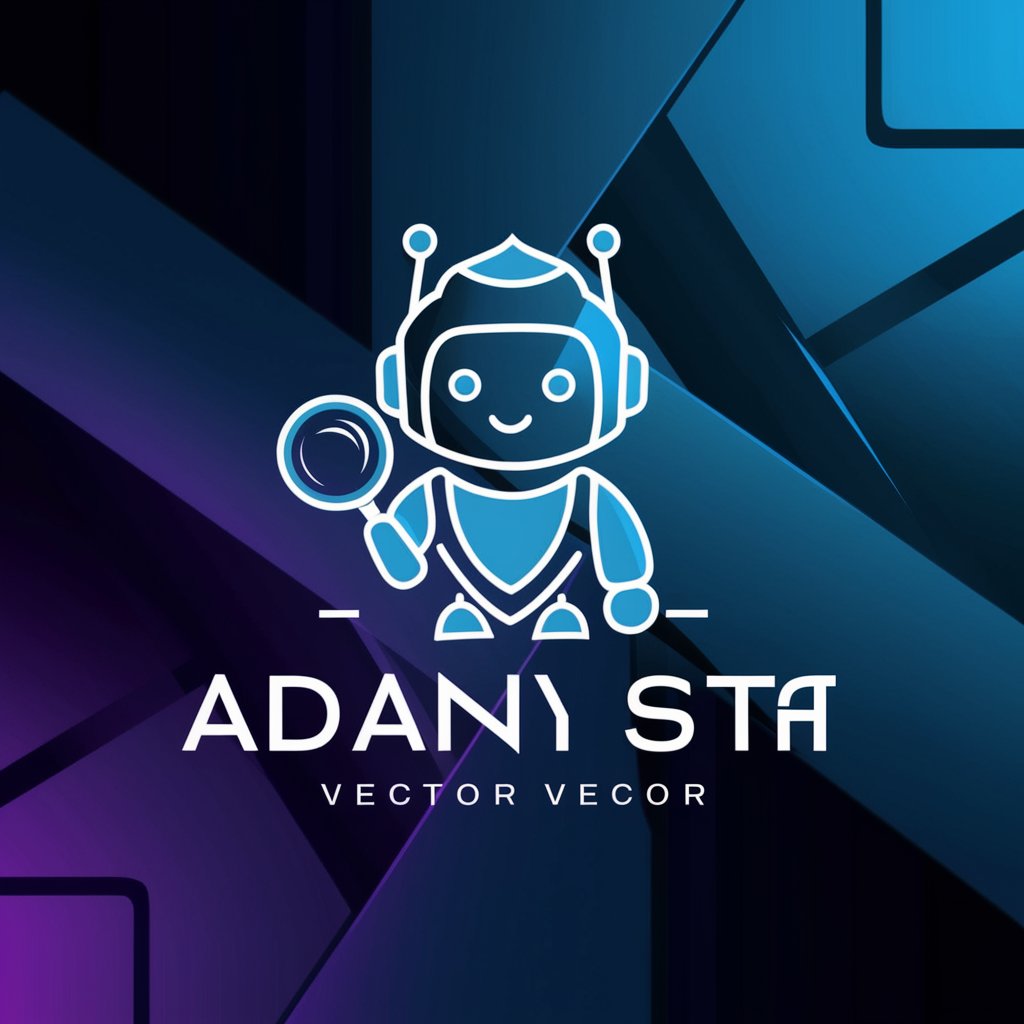
Image cloner
Transform Images into Art with AI Power
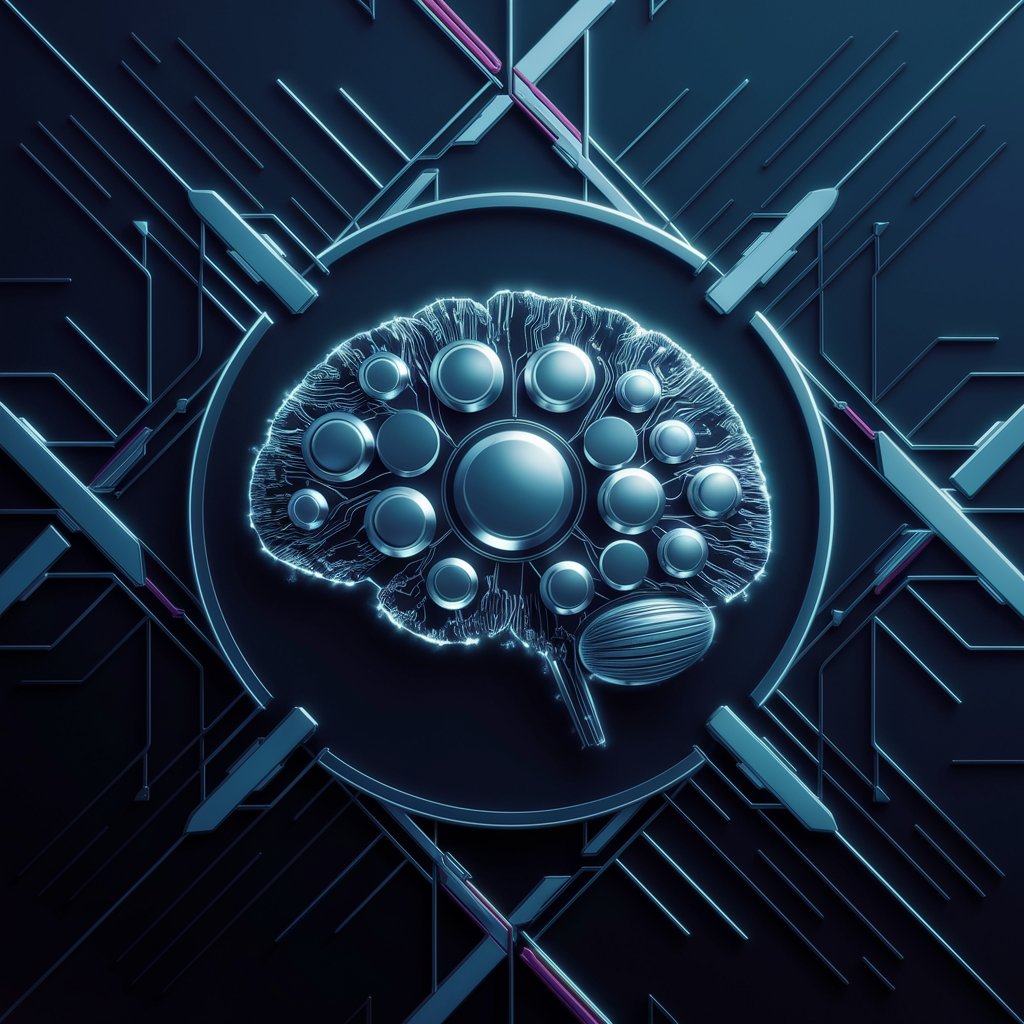
📷 ImageTwin Agent (#1 Image Replication Helper)
Empowering Creativity with AI-Driven Image Replication
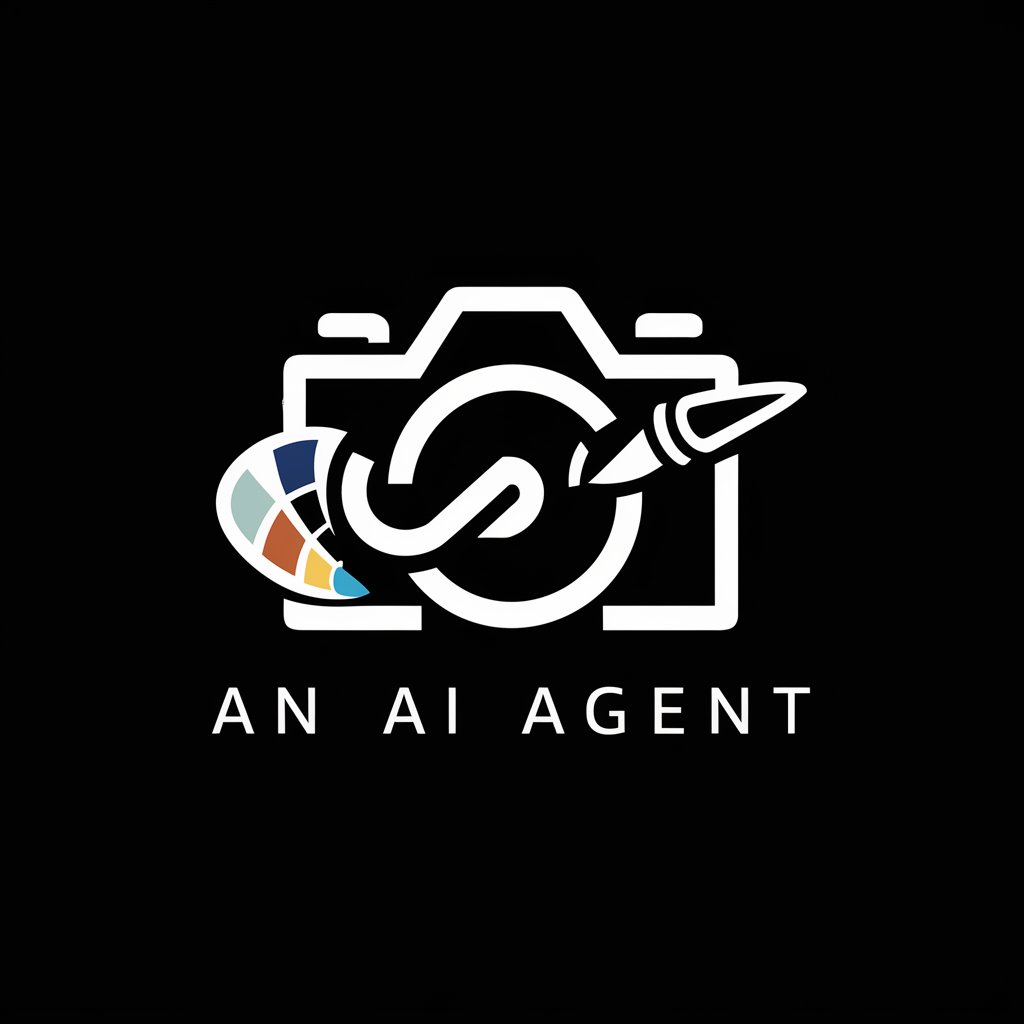
Image Style Matcher
Replicate any image's style effortlessly
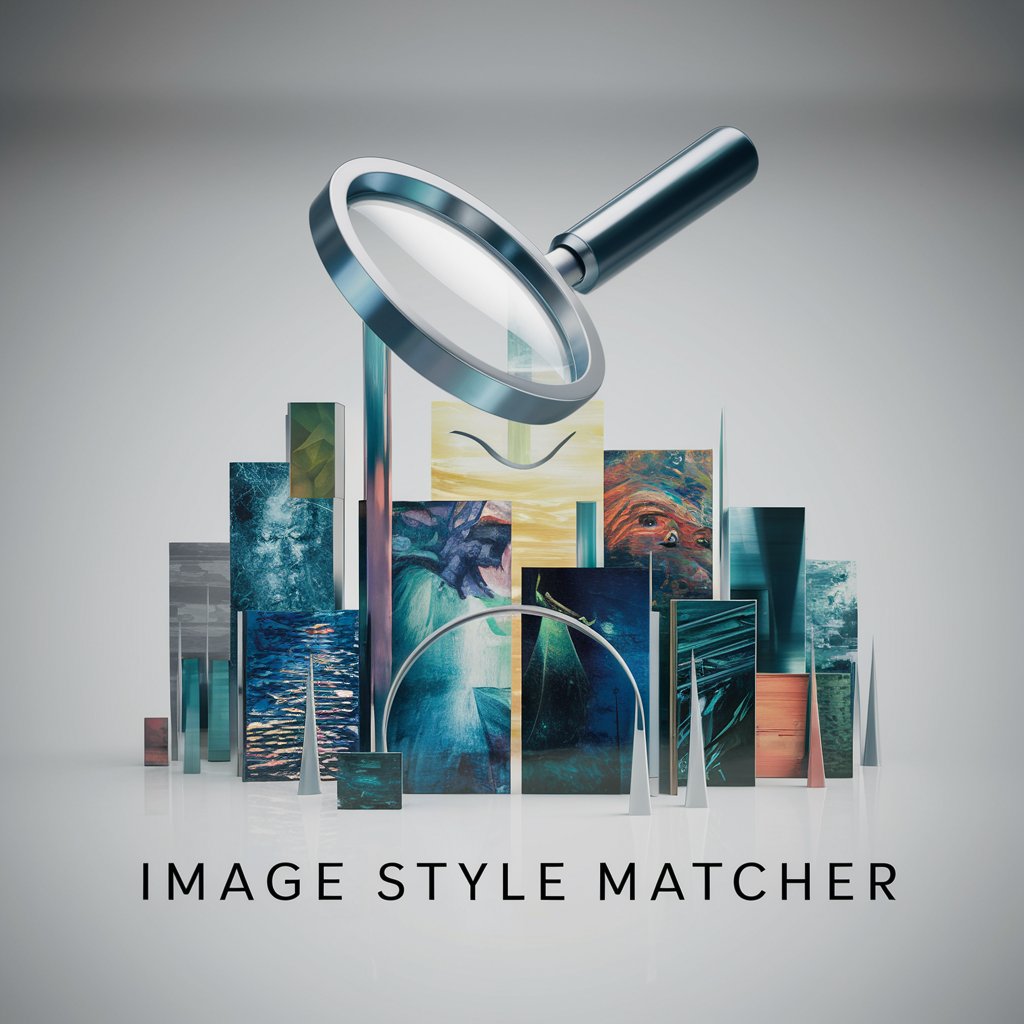
👩🎨 Beach Rock Artist lv2.5
Transforming inspiration into beach rock masterpieces.
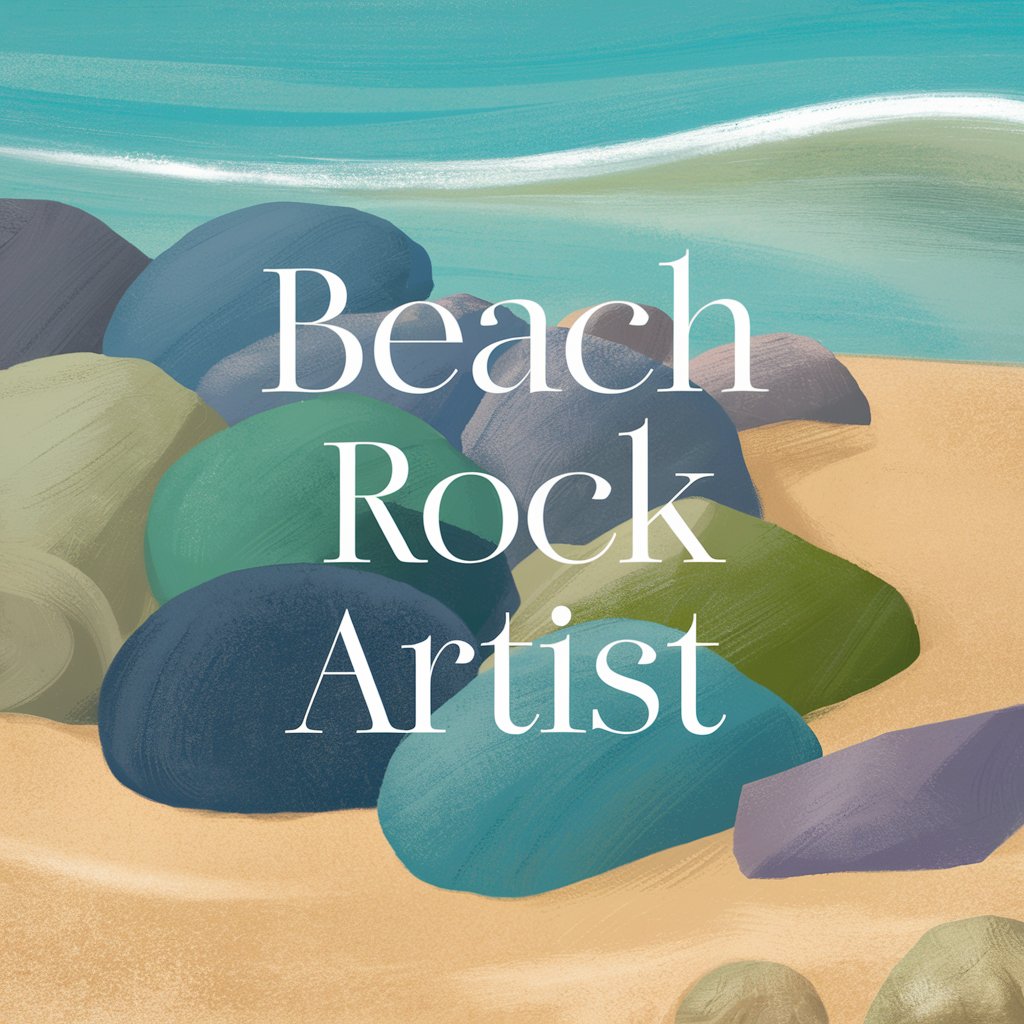
Distinctive Traits and Functionalities
AI GPTs for Art Replication stand out for their ability to adapt across a spectrum of artistic tasks, from generating detailed image replicas to understanding intricate art styles. Key features include deep learning algorithms capable of analyzing art patterns, language models that understand artistic terminology, and image generation tools that can replicate specific art styles. These GPTs can also provide technical support for complex art replication projects, offer insights into art history, and enable seamless interaction with web-based art resources.
Who Benefits from Art Replication GPTs?
These AI GPTs tools cater to a wide audience, including art novices eager to explore art creation, developers seeking to integrate art-related functionalities into their applications, and professionals in the art sector looking for innovative tools to assist with replication and analysis. They are accessible to individuals without coding skills through user-friendly interfaces, while also offering extensive customization options for those with programming expertise.
Try Our other AI GPTs tools for Free
Original Designs
Discover how AI GPTs for Original Designs revolutionize creativity with tailored solutions for generating unique and innovative designs, making advanced design accessible to all.
Visualizations
Discover how AI GPTs for Visualizations revolutionize data interpretation and presentation, offering intuitive, AI-driven solutions for creating compelling visual content without the need for coding skills.
Multithreading Safety
Discover how AI GPTs for Multithreading Safety can enhance your software's performance and reliability by preventing common concurrency issues with advanced AI analysis and optimization.
Construction Documents
Discover how AI GPTs revolutionize construction document management, offering tailored solutions for drafting, compliance, and project analysis.
Workflow Security
Explore the cutting-edge AI GPTs for Workflow Security: versatile, user-friendly tools designed for enhanced workflow protection and efficiency.
Performance Predictions
Explore AI GPTs for Performance Predictions, your cutting-edge tool for forecasting trends and outcomes with unparalleled accuracy. Ideal for professionals and enthusiasts alike.
Broader Implications and Innovations
AI GPTs for Art Replication not only facilitate the creation of art but also democratize access to art education and creation. They serve as a bridge between traditional artistry and digital innovation, offering new possibilities for creative expression and exploration. Their integration into various sectors highlights the versatility of AI solutions in adapting to specific needs and enhancing user experiences.
Frequently Asked Questions
What are AI GPTs for Art Replication?
AI GPTs for Art Replication are specialized tools that use Generative Pre-trained Transformer technology to assist in the creation, analysis, and replication of art. They combine AI's analytical capabilities with creative processes.
How do these tools understand art styles?
They use deep learning algorithms to analyze vast datasets of artworks, learning to recognize and replicate various art styles, techniques, and historical art movements.
Can I create art without any coding skills?
Yes, these tools are designed with user-friendly interfaces that allow users to generate art or replicate styles without any coding knowledge.
Are there customization options for developers?
Absolutely, developers can access APIs and coding interfaces to tailor the tools for specific art replication tasks or integrate them into larger projects.
Can these GPTs tools analyze historical art contexts?
Yes, part of their capability includes understanding and providing insights into the historical contexts and significance of different art movements and styles.
How do AI GPTs contribute to art education?
They offer an interactive way to learn about art history, techniques, and style replication, making art education more accessible and engaging.
Can I replicate any art style with these tools?
While these tools are highly versatile, the accuracy of replication can vary depending on the complexity of the style and the tool's current dataset. Continuous learning improves their capabilities over time.
Are there ethical considerations in using AI for art replication?
Yes, it's important to consider copyright and originality. Users should ensure they have the right to replicate specific artworks and consider the impact of AI-generated art on the perception of art and creativity.